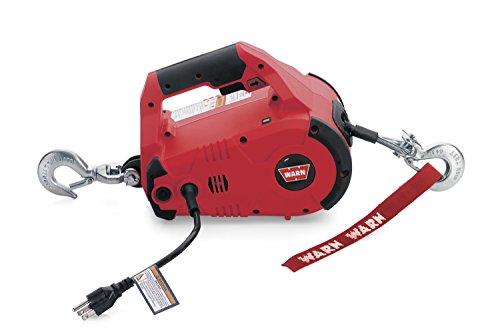Started the rear brake overhaul today.
Rear brake pistons came out pretty easily using shims and the brake pedal to push them out. They came out far enough that I could pull them out by hand.
I removed the rear caliper, then put one finger over one side of the banjo bolt, and used a master cylinder bleeding syringe to remove almost all of the brake fluid from the system.
I unbent the three brake line clips on the left side, and hung the free end of the hose in a container to catch any drips.
Master cylinder removal was pretty easy as well. Unbend the two clips holding the wire going to the rear pressure sensor, just to give myself room around the master cylinder bolts. I loosened all the bolts and the hose clamps. Disconnect the brake pedal. (Alas, clevis pin, you did well for 40 years!) I removed the rear reservoir. The bolt for the hose didn't have room to be removed until I loosened the master cylinder and allowed it to drop down. Then removed the master cylinder straight down, and looked at the hose.
Found another clip where the hose passes beneath the gas tank.
Removed that by pushing up with a stick of wood from the bottom. Then I removed the hose.
Master cylinder reservoir is a little dirty.
Some crud in the calipers as well.
I did slip the rubber isolation thingies from the old hose and put it on the new. New one is braided, which has a smaller diameter - just solved the fit issue by wrapping a cut piece of old inner tube around the hose. While it may not look like it, those are the same length. I'd rather the new line not rub against anything it shouldn't.
While I forgot to take pictures, I had a heck of a time disassembling the master cylinder. The c-clip was corroded in place, had to pry it free and clean out the holes before I could use the c-clip tool to remove it. Then the master cylinder would not come apart - I tried as much force as I dared.
Ended up heating the body with a propane torch, then managed to get it free.
The bore looks good in the master cylinder, but every part of it not covered in brake fluid has a serious amount of rust. I cleaned the corrosion up with some sandpaper. From what I can tell, moisture got under the boot of the master cylinder, and since there's no brake fluid there, everything became more than a tad corroded. I plan to smear that area with Sil-Glyde at reassembly.
I'm a tad annoyed that the rebuild kit I bought (K&L) has no spare o-ring for where the fitting for the brake reservoir hose attaches to the body of the master cylinder. Do other rebuild kits have this part?
Anyways, it's about 50 degrees outside, my garage isn't heated, and even if it was, I don't like spraying brake cleaner in there. So that's where I'm at tonight.
I will reassemble the master cylinder tomorrow, and start the brake caliper.

































































